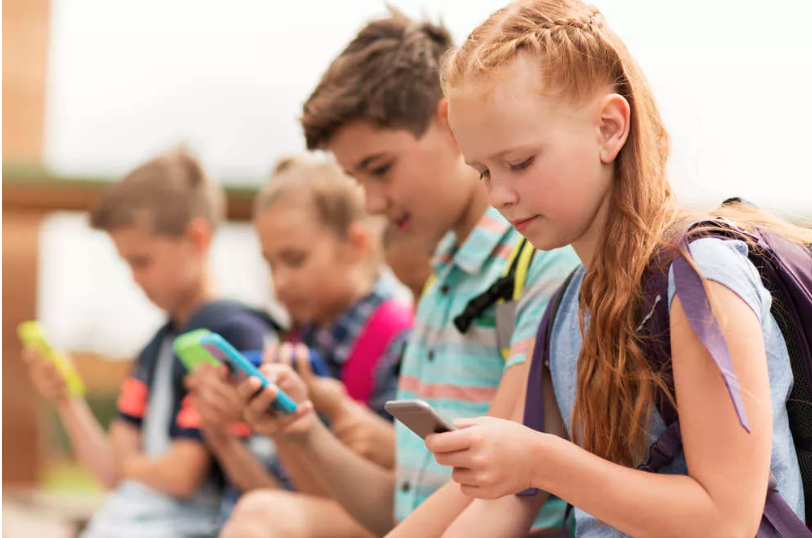Adolescent binge drinking: the other epidemic
The restrictions and problems caused by Covid-19 also seem to have fueled
another epidemic: adolescent binge drinking. Binge drinking is the tendency
to consume five or more alcoholic beverages in a night.
During the pandemic, online purchases of alcohol increased by more than
200%. The Italian Higher Institute of Health’s 2021 report showed some
concerning statistics regarding young people’s alcohol consumption. In
fact, the data shows that 830,000 of the 4 million binge-drinkers are young
people between the ages of 11 and 25.
What is binge drinking?
Binge drinking is the consumption of several alcoholic beverages in a short
amount of time. Many of today’s teenagers who drink do so in excess. What’s
more, the earlier you start drinking, the higher the risk of drinking
excessively with the goal of getting drunk. According to the CDC (the U.S.
Centers for Disease Control and Prevention), more than half of American
high school students who drink alcohol have reported recent episodes of
binge drinking, consuming five or more drinks at a time. This trend is
happening in other Western countries as well. In December 2021, the WHO
Regional Office for Europe published a report entitled “Digital marketing
of alcohol: challenges and policy options for better health in the WHO
European Region.” The study highlights the extent to which children and
young people are particularly at risk of harm from exposure to alcohol
marketing, which is now primarily found on the internet.
The consequences of binge drinking
A recent awareness campaign launched in Australia, entitled “An alcohol ad
every 35 seconds,” analyzes the spread of alcohol ad campaigns and cautions
us to be aware of the significant increase in alcohol consumption during
the pandemic, including among adolescents. Young people—even some as young
as 11—start drinking and getting drunk “for fun,” which becomes a game that
often turns out to be quite dangerous. Many end up in an alcoholic coma,
requiring hospitalization. The data that hospitals provide have painted a
clear picture of a phenomenon that is becoming increasingly widespread.
Solutions to binge drinking
So, what can we do about it? Many psychologists and sociologists agree that
ads recommending people “drink responsibly” is insufficient and
ineffective; some believe that it is only a small way to follow the law,
while continuing to encourage drinking—including that of young people. The
issue might be best addressed with an educational point of view, leaving it
to adults to handle the problem. Many global associations that have sites
and blogs that help to support and accompany those recovering from
alcoholism also have materials created for parents, which include
reflections and advice on how to prevent young people from falling into the
trap of alcohol. “Sharing experiences with your children in confidence,
being attentive to their needs, being able to pick up on and decode warning
signs, and how to handle moments of weakness,” are just a few topics these
sites encourage parents to think about. It’s not easy, but the stakes are
high. Several parties agree that “the greatest danger is indifference – or
underestimating the problem.”















